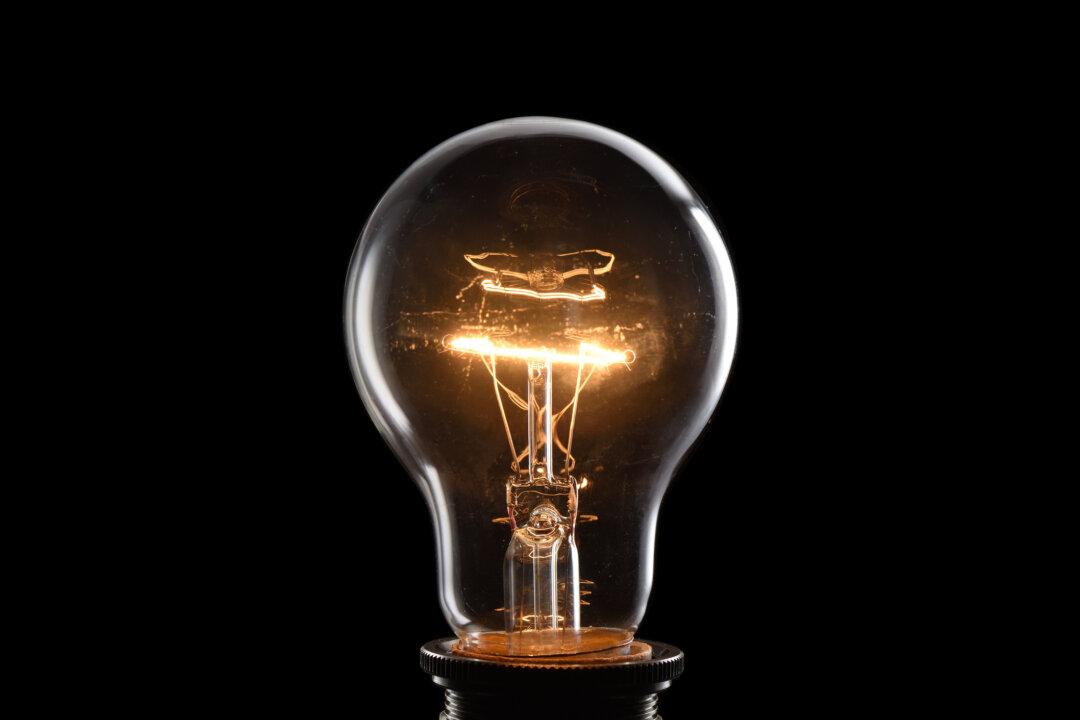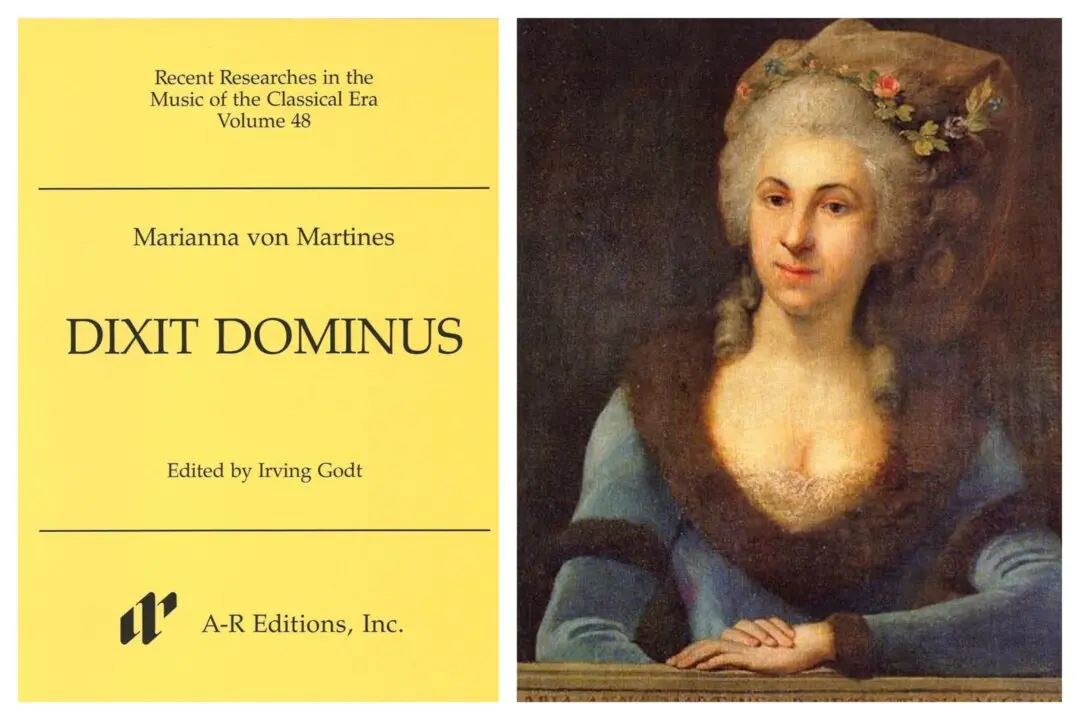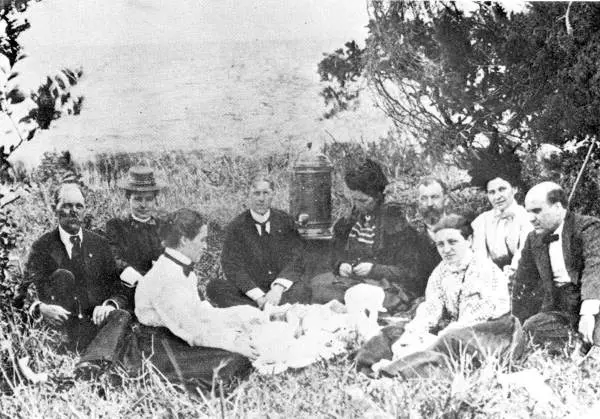The light bulb, the iconic symbol of the “bright idea,” contributed a great deal more than its association with creativity.
Over the centuries, the invention has undoubtedly saved countless lives. Candles and oil lamps frequently burned down residences, and gas lamps were prone to explode. The invention made it safer to travel after dusk, as night was a dangerous time to be away from home, a time when robbers and other lowlifes prowled.





